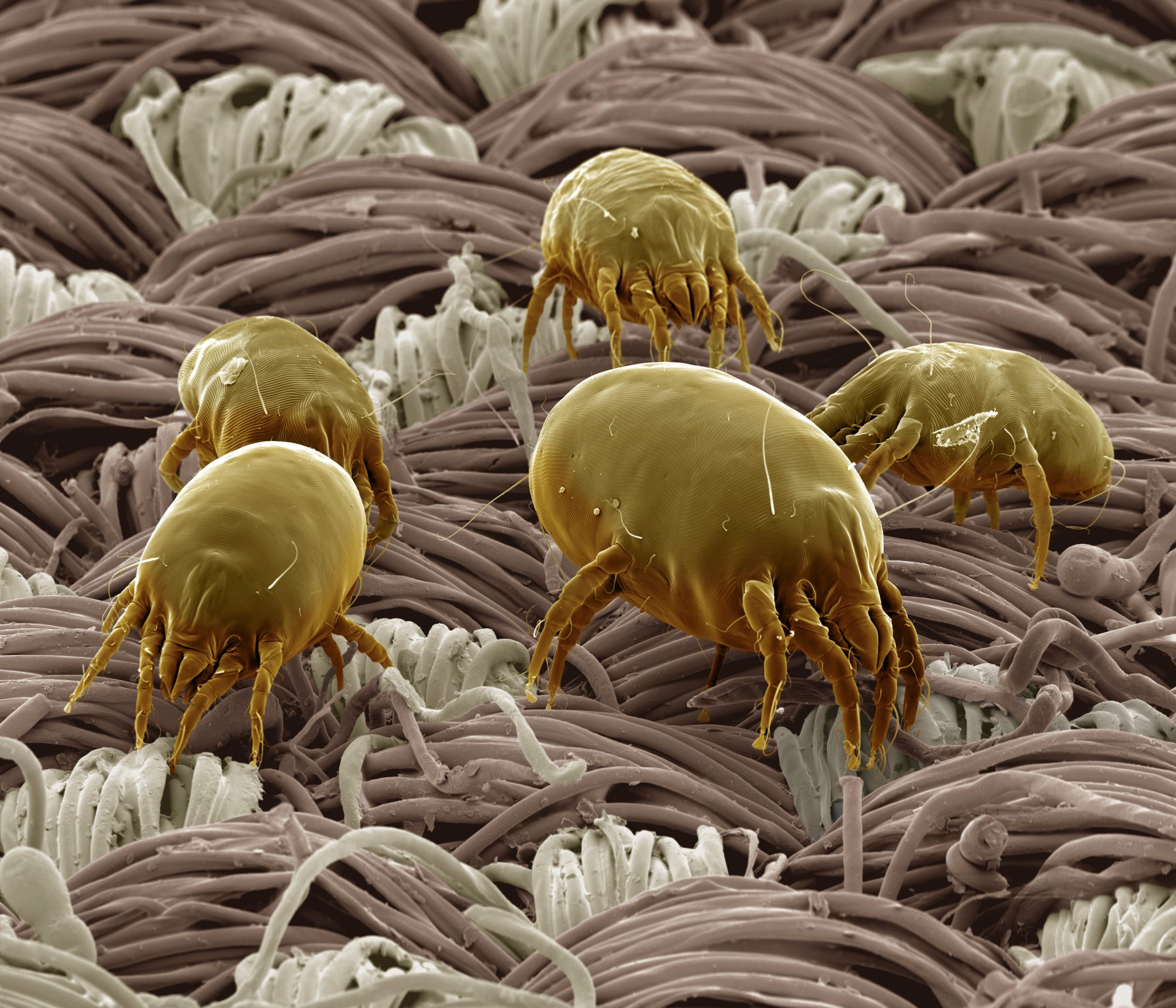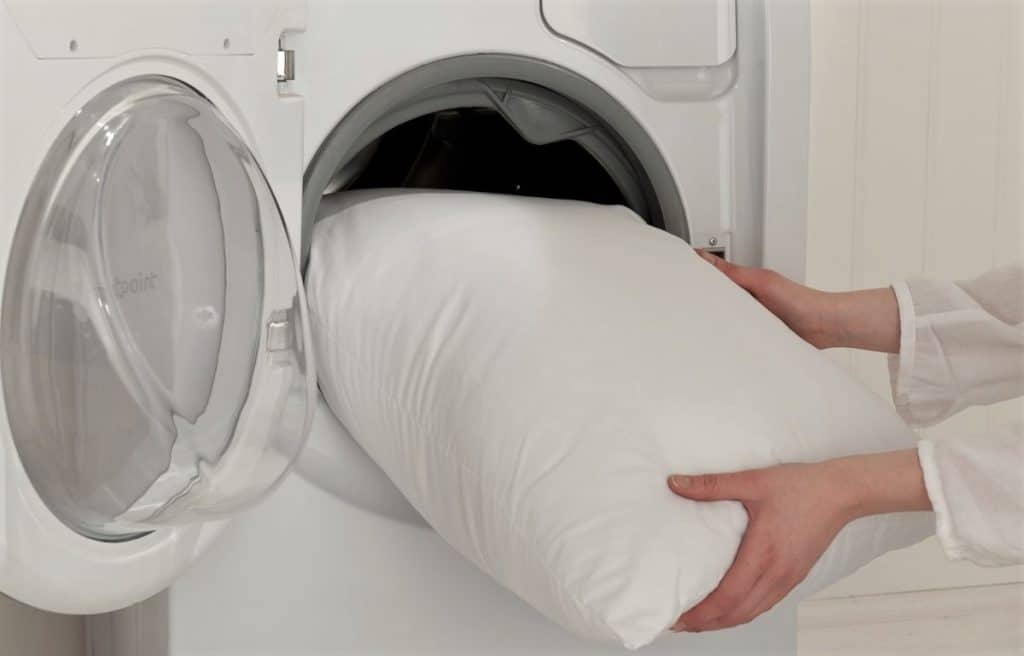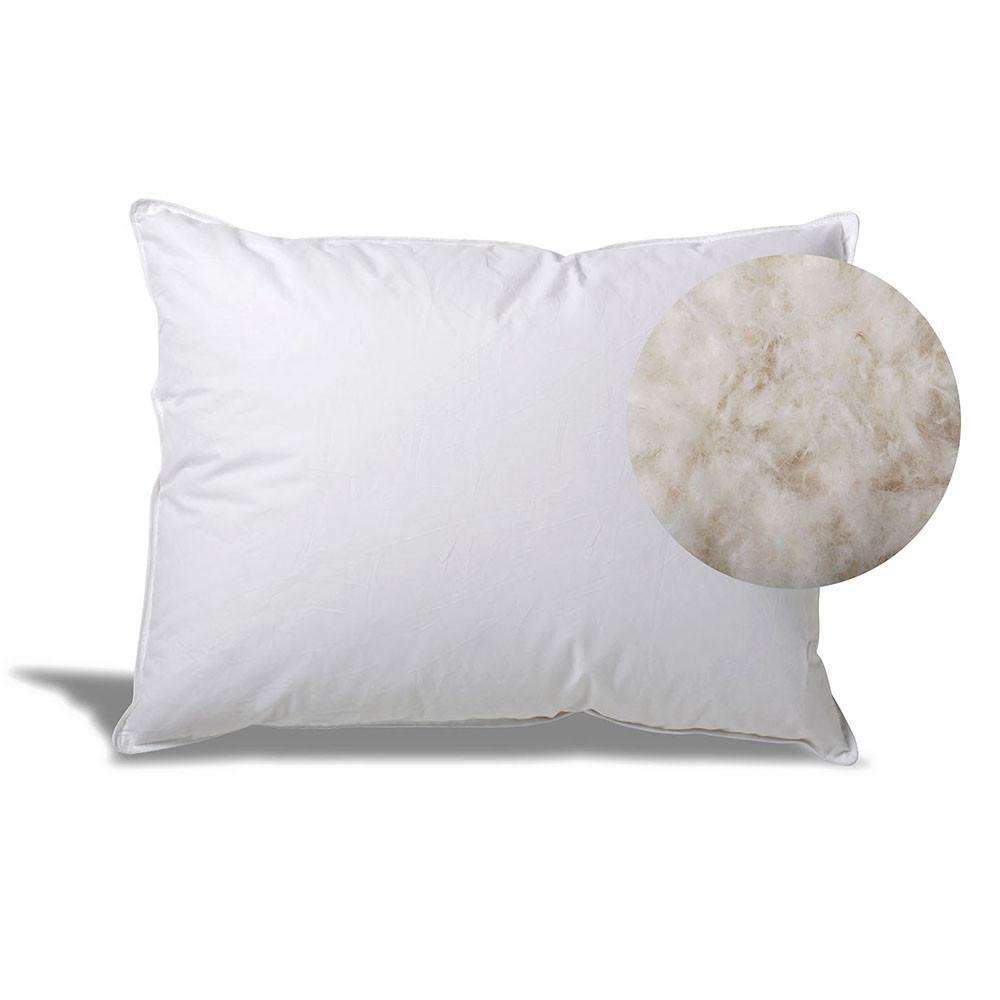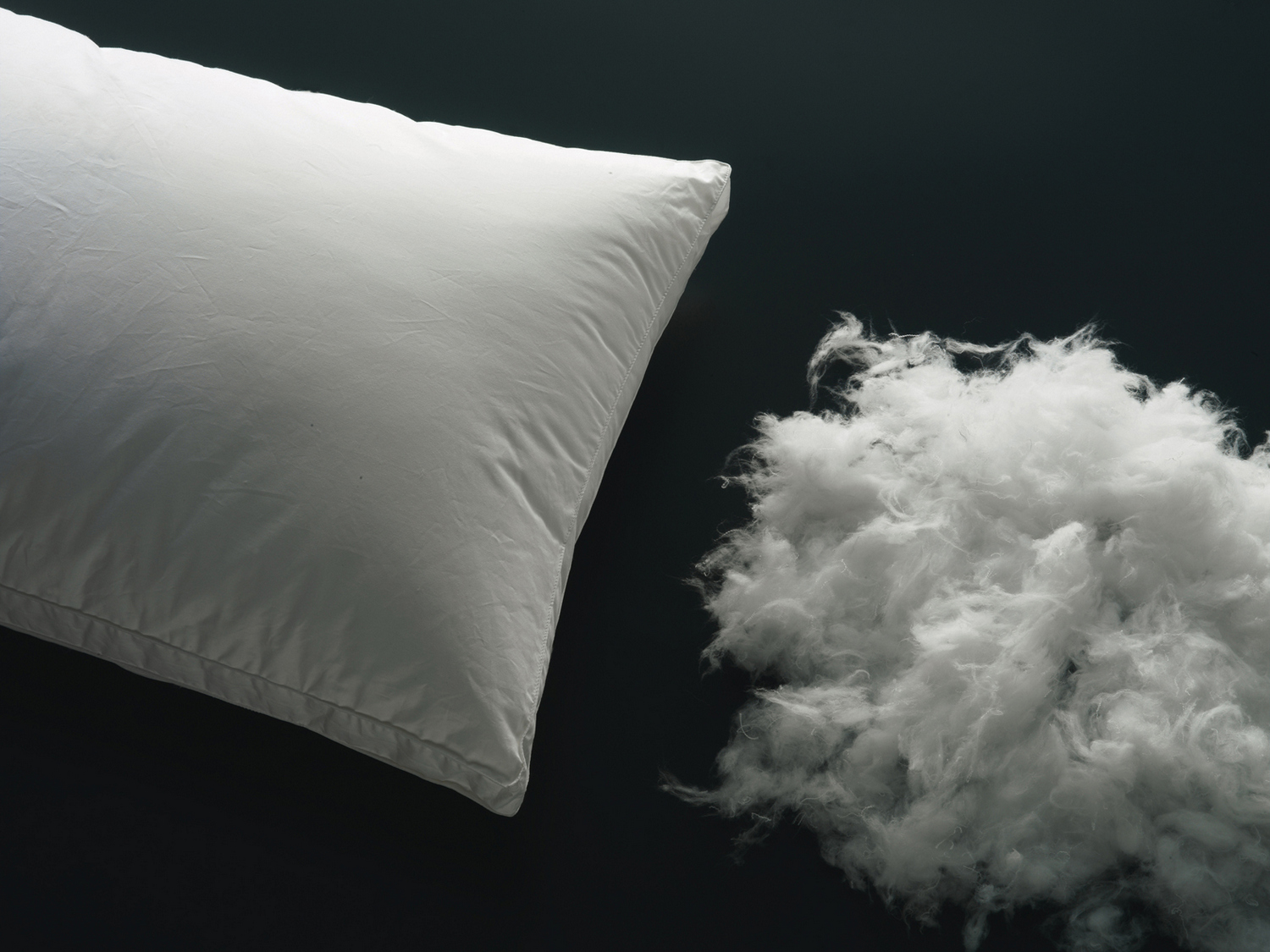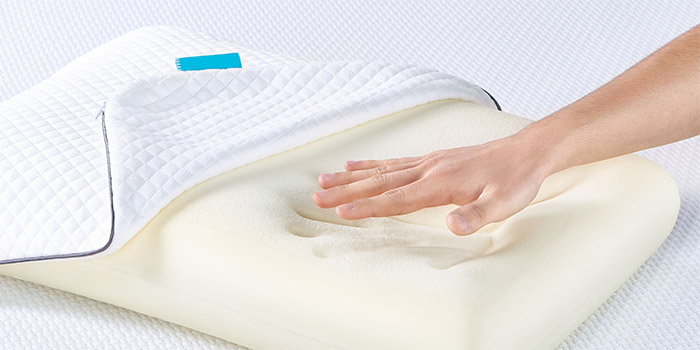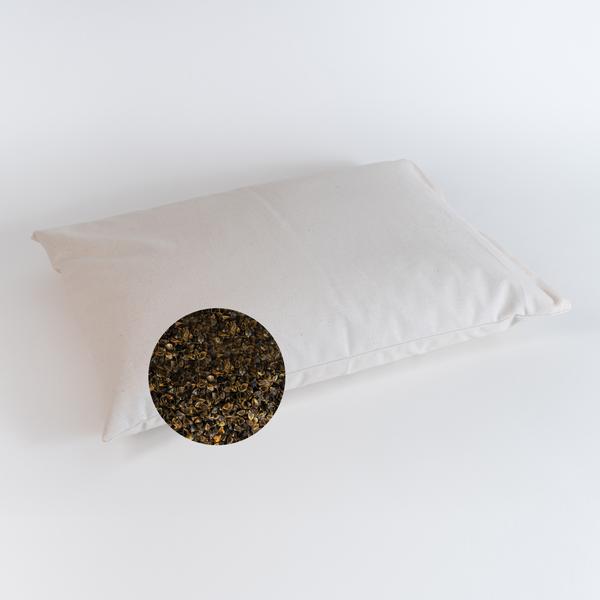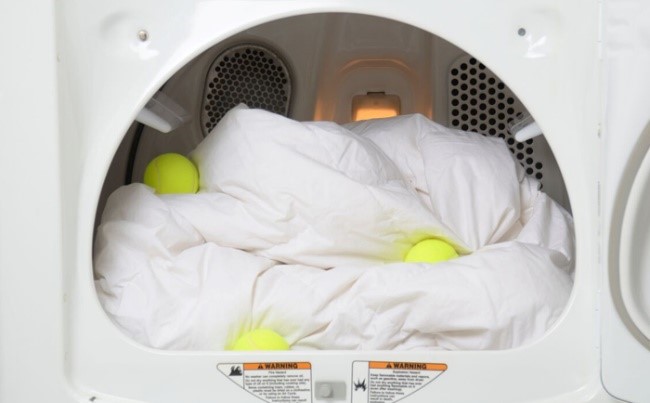The Best Ways on How to Wash and Clean Pillows
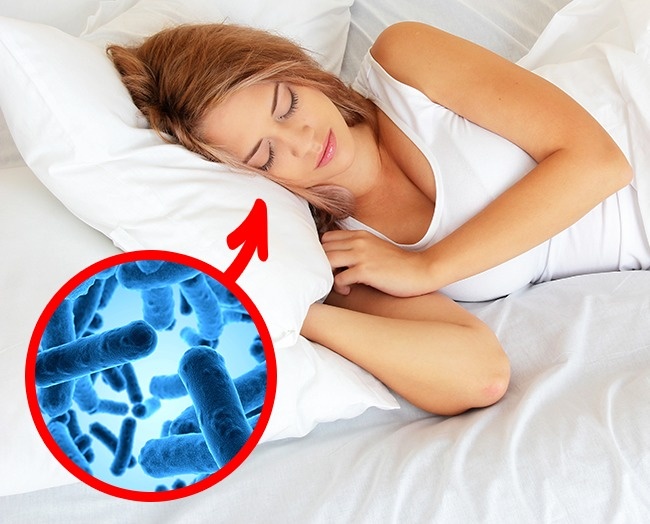
We all know how important it is to clean our bedclothes on a regular basis, but what about our pillows? Pillows often get overlooked when it comes to cleaning, but studies have shown that pillows attract all kinds of dirt, germs, and debris. A two-year-old pillow can be 10 percent dead dust mites and droppings, according to a study by Ohio State University, and researchers at the University of Manchester found that the average pillow contained more than a million fungal spores.
When you think about how long you spend with your head pressed to your pillow each night, it’s no surprise that the state of our pillows has been linked to a rise in allergies, infections, and other illnesses. The most common fungi found by the University of Manchester study, aspergillus fumigatus, is a leading cause of death from infectious disease in leukemia and bone marrow transplant patients.
Duncan Bain, technical director at life sciences company Gabriel Scientific, has studied the germs and pathogens found in hospital pillows, and said: “If you had to come up with a medium to cultivate bacteria, besides a Petri dish with agar, a pillow is pretty much as good as you can get.” The study, conducted with British healthcare provider Barts Health NHS Trust, found E. coli, Staphylococcus hominus, and countless respiratory and urinary tract infection-causing germs in hospital pillows.
Closer to home, 2011 study by Sleepbetter.org found that the average pillow contained more than 350,000 bacteria colonies, and more than 100,000 yeast and mold colonies, including some that were toxic to humans.
While most of what you’d find inside a typical household pillow, including dust mites, dander, fungi, dead skin cells, and sweat, isn’t deadly, it can exacerbate allergies and asthma, and is pretty gross to think about.
How often should you clean your pillows?
According to the National Sleep Foundation, we should wash our pillows every six months, and replace them after two years. That can get pricey, particularly if you invest in expensive pillows. The good news is you can help extend the lifespan of your pillows by using pillow protectors, and by cleaning regularly.
The best method to clean your pillows will depend on the type of pillows you use. For all pillows, treat them gently while cleaning, avoiding strong detergents and excessive heat. You can also help your pillows to last longer by fluffing them daily, and hanging them outside to air for a few hours each month. If you don’t have an outdoor space, or the weather is bad, you can get the same effect by running them through the dryer on a no-heat cycle.
How to clean down or feather pillows
Down and feather pillows are the luxury choice for people who enjoy sleeping on soft, fluffy pillows. Down pillows are made from the bird’s undercoat and contain small, dense feathers without quills. Feather pillows use short, curled feathers similar to down, although they do have short quills.
The best way to clean down and feather pillows is handwashing. This allows you to use a mild detergent and really work it through the pillows without causing the filling to clump. Massage the pillows in a small amount of detergent and water to get them thoroughly wet, and rinse well. Don’t wring or twist the pillows excessively, as this can damage the filling.
Whether hand or machine washing feather pillows, always choose a low-suds detergent. Any soap residue remaining on the pillows will cause clumping. If you’re machine washing down pillows, wash with cold water on a gentle cycle and once complete, run them through an additional rinse cycle to ensure all detergent has been removed. Don’t use fabric softeners, as these will damage the delicate feathers.
How to clean polyester pillows
Polyester filling is the most popular choice when it comes to pillows. Polyester is a great material because it’s inexpensive, soft, supportive, and machine washable. If you have polyester pillows, you can safely clean them in the washing machine. Use warm water on a gentle cycle, with a small amount of detergent.
If you have a top-loader washing machine, the agitator can cause damage. To minimize this risk, try to use the shortest possible setting, and wash pillows in pairs in order to balance the load.
How to clean latex or memory foam pillows
If you need extra support while you sleep, you probably use latex or memory foam pillows. Unfortunately these materials don’t respond well to cleaning. Using pillow covers and spot-treating any dirt or stains is the best way to make your pillows last as long as possible. Memory foam is also naturally hypoallergenic, so it will stay cleaner than most pillows.
If you do need to clean your foam or latex pillows, the best way is to fill a sink or bath with lukewarm water and a small amount of detergent, and submerge the pillows. Squeeze gently to remove excess water, taking care not to twist or wring the pillows, as this can break up the filling.
Rinse the pillows, squeezing gently to remove excess, until the water runs clear. Once the pillows are clean, allow them to air dry naturally on a flat, ventilated surface. Avoid using heat on latex or foam pillows. If you need to hurry the drying, instead use a fan to move air over the pillows. Depending on thickness, it can take up to 24 hours for a memory foam pillow to completely dry.
How to clean buckwheat pillows
Buckwheat pillows are popular as a natural choice of pillow that provides great support. They’re also hypoallergenic and dust mite resistant, and a good quality buckwheat pillow can be used for years.
To clean buckwheat pillows, spread the filling onto a flat surface such as a cookie sheet and allow it to sit in the sun for several hours. This will remove odors and freshen the buckwheat. If you need to wash the pillow, hand wash the shells using cold water and a mild detergent. Spread them out to dry naturally, which could take several hours.
How to properly dry pillows after cleaning
Whatever type of pillow you use, it’s important to dry them thoroughly. This prevents the growth of mold and mildew, and ensures your pillow is clean and safe for you to sleep on. Don’t rely on auto-dry settings on clothes dryers, as they can’t detect moisture inside pillows, and can stop drying prematurely.
Instead, dry pillows on a low or moderate heat for 1-1.5 hours. Fluff pillows after drying to check if they are completely dried. You can speed up the drying process and limit any clumping or crushing of the pillow by drying them alongside a dry towel, or using dryer balls (or tennis balls) inside the dryer.
For delicate pillows such as feather or down, air drying is the recommended method. This ensures the delicate feathers aren’t damaged by heat or vigorous movement. If air drying isn’t possible, you can put them in the dryer on a no-heat setting, and be sure to use dryer balls to avoid clumping.
It’s easy to overlook cleaning your pillows, but taking the time to wash them twice a year will help you get the most from your pillows, and prevent asthma and allergy flare-ups from accumulated dirt and bacteria. By knowing how to effectively wash your pillows, you can be sure to always get a good night’s sleep.
